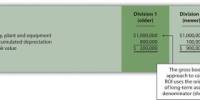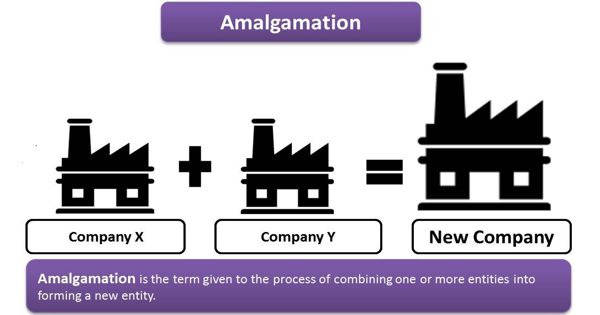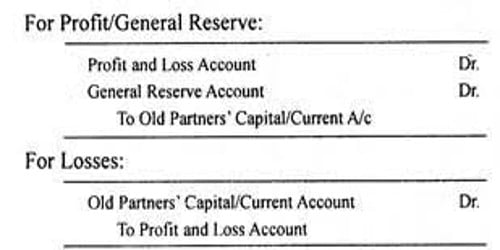The method of last-in, first-out assumes that the cost of the goods purchased last is charged to the cost of goods sold first.
Last-in, first-out (LIFO) inventory costing method assumes that the cost of latest inventories acquired are the first to be recognized as the cost of goods sold.
In the example above, the cost of $5,500 Ford will be assigned to the cost of goods sold.
Example of LIFO cost flow method
Under LIFO, the cost of goods sold is calculated by using the costs of drills purchased last. The computation is shown below:
Illusration: Brid’s Drills cost of goods sold under LIFO
| Purchase Two | 80 units x $20 | = | $1,600 |
| Purchase One | 120 units x $18 | = | $2,160 |
| Beginning Inventory | 70 units x $15 | = | $1,050 |
| Total | 270 units | $4,810 |
The 30 units from the beginning inventory remain in the Inventory account.
The net income is determined by subtracting the cost of goods sold from sales: $5,990 ($10,800 – $4,810). The income tax to be paid is $1,797 ($5,990 x 30%).
















